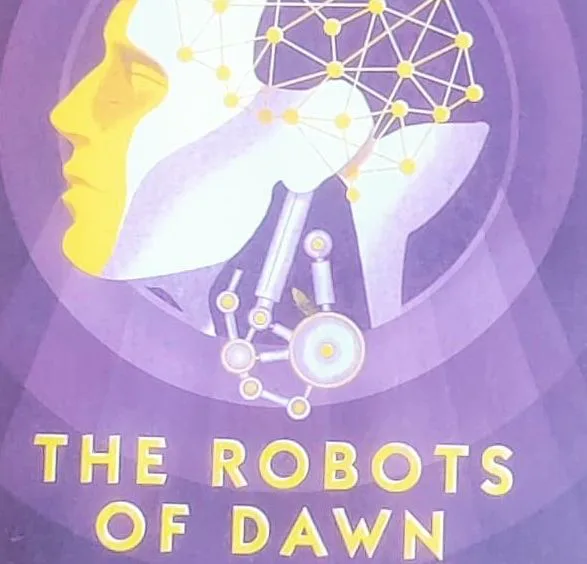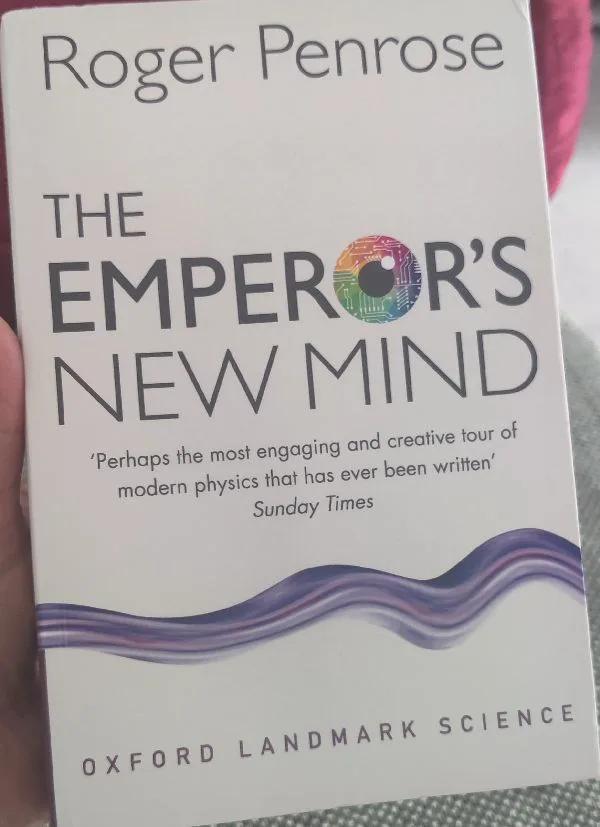
The Emperor’s New Mind: Concerning Computers, Minds and The Laws of Physics was written by Sir Roger Penrose. It was first published in 1989.
I decided to pick this book because I thought it would give me the physicist’s perspective on what consciousness is. However, this book is much more than that. It’s about Turing machines, lambda calculus, the Mandelbrot set, Gödel’s theorem, cosmology, space-time singularities, quantum mechanics, neurology, AI, and, of course, consciousness. So, it’s a comprehensive package covering nearly “everything”.
Can a Computer Have a Mind?
The book begins with a question, “Can a Computer have a Mind?”. To answer this question, Sir Penrose discusses the Turing Test. A question similar to this might have troubled Alan Turing, so in 1950, he created the “Turing Test” to assess whether machines could think like humans.
Sir Penrose suggests that even if a computer passes the Turing Test, it doesn’t automatically mean it’s genuinely intelligent. Rather it can be ascertained that its responses mimic those of a human. Additionally, machines lack consciousness and creativity, therefore, they can never think like humans, claims the author.
After Turing machines, he goes on to talk about the Church-Turing Thesis, binary coding, and lambda calculus. By putting forward all these concepts, the author, builds a case for the limitations of computational models and algorithms. He argues that they may not be sufficient to explain the full range of human cognition and consciousness.
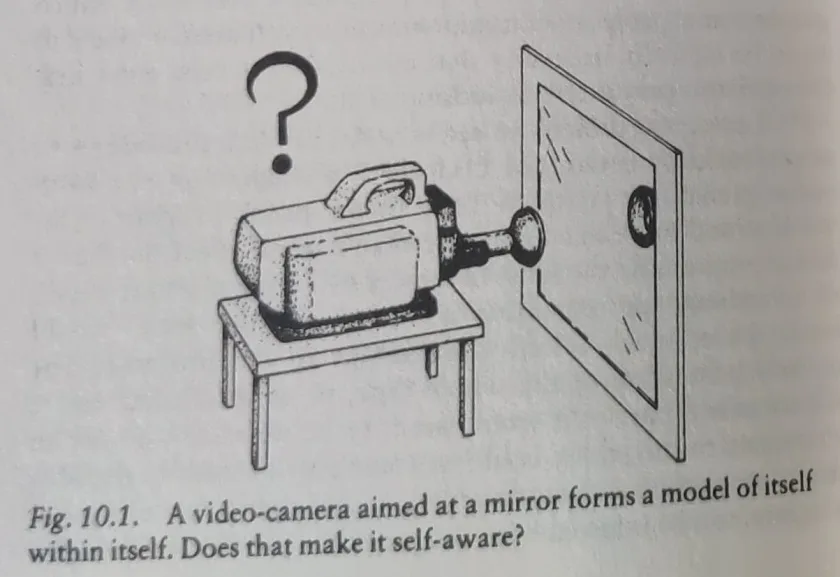
Exploring Mathematical Reality
The next segment is all about mathematical concepts and their connection to reality. Sir Penrose discusses the Mandelbrot set, and examines Platonic realism. Followed by Hilbert’s program, Gödel’s theorems, and the limitations of formal systems.
- The Mandelbrot set: exemplifies intricate patterns that can result from straightforward mathematical principles. Thus, connecting a link between mathematical abstraction and visual beauty.
- By Platonic realism, the author wants to say that like truths, mathematical objects find their existence in abstractions, which is totally independent of human thought.
- Hilbert’s Program: an initiative led by the mathematician David Hilbert, the program aims to prove that one can reach to (nearly all) mathematical truths via a finite set of axioms using a finite set of rules.
- Gödel’s theorems: it proves that in any consistent formal system, which is saturated with logics based on basic arithmetic, there exist statements that are true but cannot be proven within the system.
The author considers how the concepts of complexity and computability apply to physical systems and processes. He argues that the complexity of physical systems and consciousness reveals the limitations of computational models.
In the subsequent chapter, Sir Penrose discusses the development of classical physical theories. He starts from Euclidean geometry, followed by the Dynamics of Galileo and Newton, and goes up to describing the complexities introduced by relativity and electromagnetism.
Quantum Magic and Quantum Mystery
Eventually, the author then enters world of “Quantum Magic and Quantum Mystery”. He explores how quantum mechanics challenges classical notions of determinism and causality. After discussing the concept of wave-particle duality, he talks about the Heisenberg’s uncertainty principle. Ultimately, he introduces us with two most interesting concepts of the quantum world – Superposition and Entanglement.
Sir Penrose gives us a possibility that quantum mechanics might play a role in understanding consciousness.
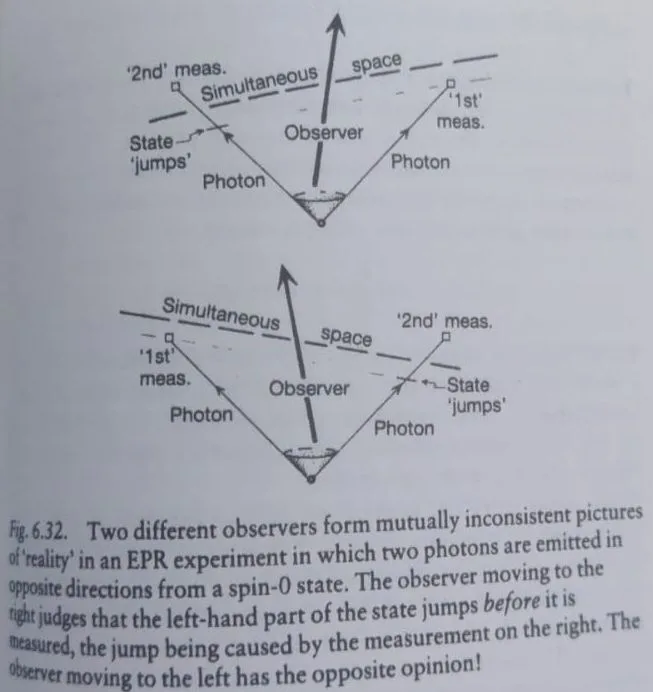
Hence, what is consciousness? Sir Roger Penrose theorizes that the answer lies in the concept of quantum entanglement.
Quantum entanglement is a “spooky” phenomenon in which particles become interconnected such that the state of one particle instantly influences the state of another, irrespective of the distance between them. In simple words, this entanglement makes particles act as a single entity.
This connection occurs in ways that classical physics cannot explain. As per the author, quantum entanglement could create a unified and cohesive experience of consciousness.
- A unified reality: where thoughts, sensory inputs, and self-awareness integrate smoothly.
- Cohesive experience: a sense of having a unified, continuous, and integrated awareness of oneself and the world.
In a nut shell, the phenomenon could give rise to the ability to manage thoughts and emotions in a unified way, all while experiencing a continuous and coherent flow of awareness.
How?
As per the author, the probabilistic and non-local aspects of quantum mechanics, could be responsible for how our brains function and generate subjective experience.
Time, Entropy, and Black Holes
When I thought, the book will only talk about consciousness, the chapter on “Cosmology and the Arrow of Time” proved otherwise. This segment is equally interesting as well. The author talks about the second law of thermodynamics and how entropy give rise to the arrow of time. He also touches upon significant concepts like black holes, singularities, and the uniqueness of the Big Bang.
After giving us the tour of the macroscopic scale of the universe, Sir Penrose delves into the microscopic scale, seeking to reconcile quantum mechanics with gravity. Black holes, he explains, are one of the most important aspects of quantum gravity research. These cosmic phenomena represent regions where both quantum effects and intense gravitational fields converge – a point of singularity.
AI’s Limits and the Unique Power of Human Intuition
The next chapter titled, “Real Brains and Model Brains”, integrates concepts from classical mechanics, quantum theory, cosmology, and mathematical models to examine the complexity of consciousness and the capabilities of computational models.
He further explores the idea that AI might never truly think like humans and considers how this limitation could impact the future of computer science. These machines are only able to do what they are programmed to do. So, we should be cautious about depending too much on them. According to Sir Penrose, computers should complement human intelligence rather than replace it.
He explains that the mechanisms behind the workings of the human brain and machines are completely different. Computers operate in binary, while the human brain relies on intuition and creative power. Because of these differences, AI has certain limitations, advocates Sir Penrose.
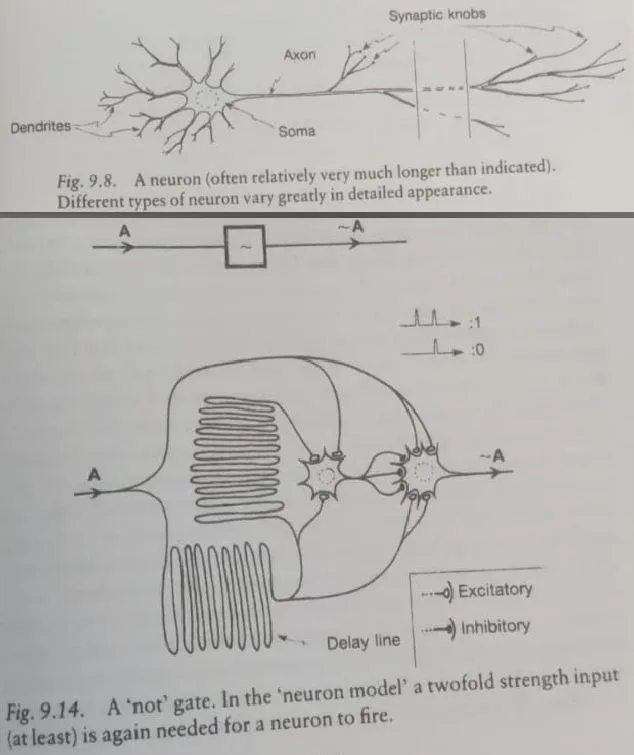
The author’s next argument centres on the assertion that the faculties of thinking, feeling, and creating are intrinsic to human beings and cannot be replicated by machines. This gives us a distinct advantage over computers, which operate on algorithms and programmed responses. This view highlights how human thinking and creativity are unique and can’t be fully replicated by AI. It shows the limits of what artificial intelligence can do compared to human abilities.
He goes a step further by suggesting that maybe consciousness is an intrinsic feature of the universe that can never be programmed into a computer. Being a non-computable feature, consciousness can never be captured into the logical boundaries of computation.
Human intelligence involves various emotions, instincts and creativity. These entities collectively influence our ability to think and solve problems. While the processes of computers are logical and deterministic. In simple words, computers perform tasks which are totally based on pre-defined rules and data. This proves, consciousness is fundamentally different from computation processes of computer.
Quantum Mechanics, AI, and the Limits of the Brain
Sir Penrose’s works have inspired contemporary research and philosophical questions, for instance, whether the universe is conscious. Or does human intelligence arises from complex interactions within the brain. And would there be a time, may be in future, when a computer can ever be conscious? To answer these questions, the author suggests that quantum mechanics, which governs the behavior of particles at the smallest scales, might play a crucial role in understanding consciousness and could potentially influence the development of AI.
Regarding the existential question, the physicist (in his interview) says that consciousness can never be a property of the brain. The problem with this view is that the brain is composed of the following entities:
- Cells (which are made up of atoms)
- Atoms (consist of electrons and protons)
- Electrons and protons (are made up of quarks and gluons)
- Quarks and gluons are formed from the Higgs Boson
If human consciousness arises from the brain, then it must be connected to the brain’s physical structure and composition. Alternatively, it might be a property of the sub-particles within the brain and thus reducible to the laws of physics. Extending this idea, consciousness could theoretically be replicated in a computer. However, in reality, this does not occur.
Therefore, consciousness may not be fully explained by understanding the physical components and their interactions alone, suggesting it might not be solely a physical phenomenon.
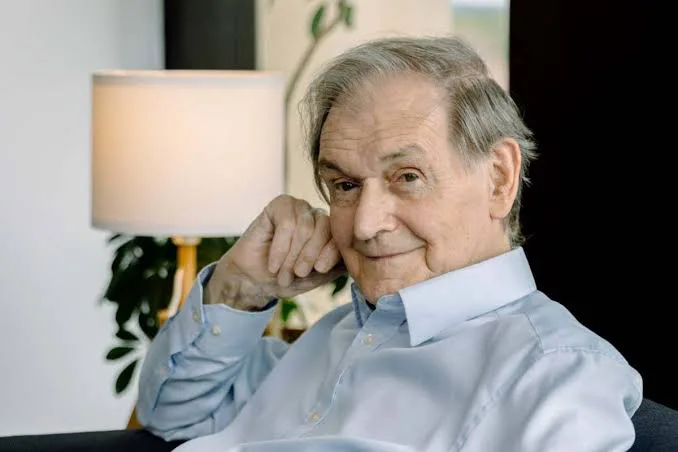
Takeaway
I have always been on the side that supports the notion that no amount of sophisticated mathematical calculations can lead to the creation of human consciousness or any other form of sentient being. Not that I have ‘blind faith’ in anything deus ex machina, but rather I believe consciousness arises from more than just the sum of complex algorithms and computations.
It is something we haven’t figured out yet, much like quantum fluctuations – a phenomenon for which we still lack answers. Perhaps, in the future, we may uncover insights that bring us closer to understanding it.
I’m totally in-sync with The Emperor’s New Mind. The book is full of interesting and thought-provoking ideas. It’s a must-read for anyone looking to explore different perspectives on the mysteries of our world.

